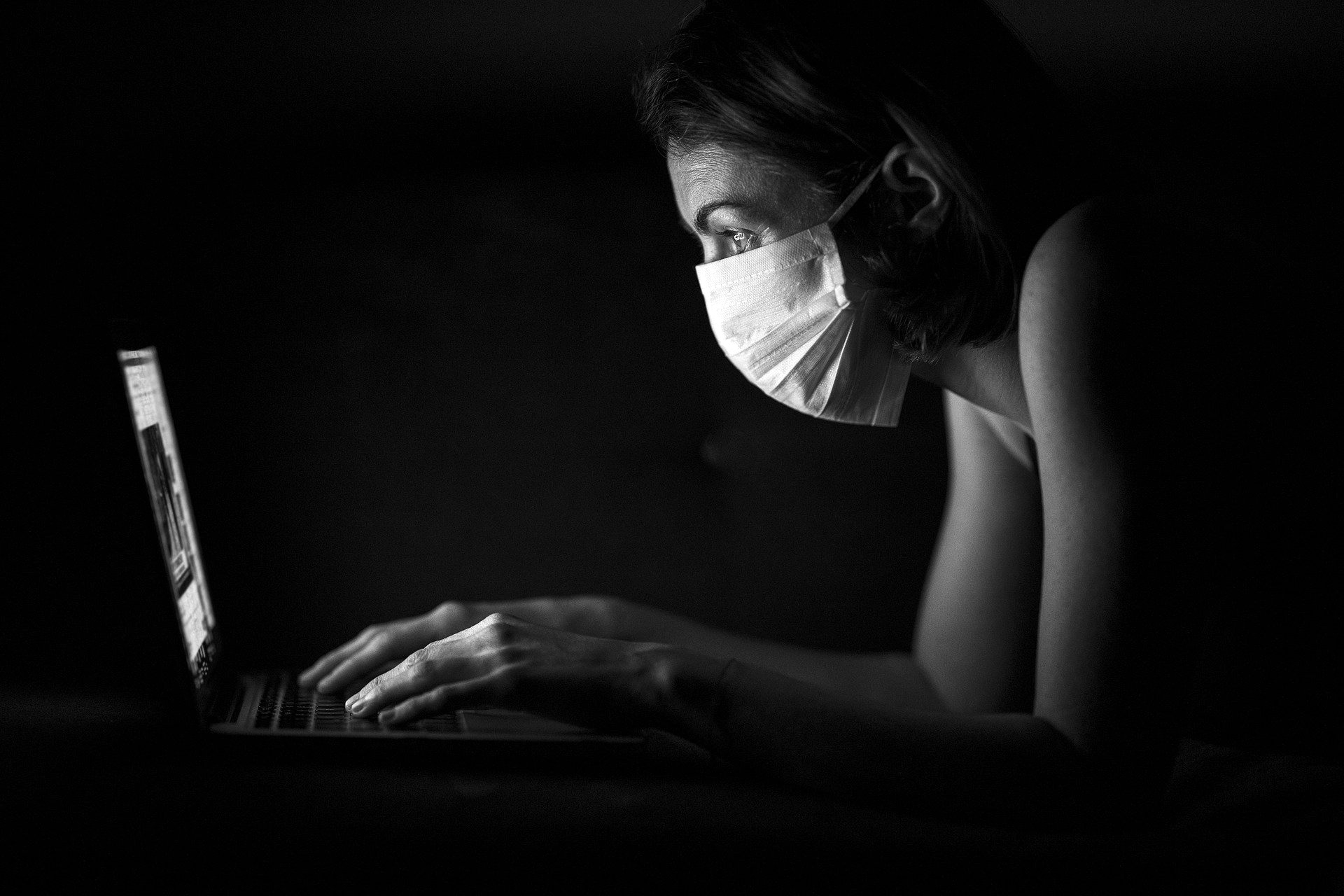One of my favorite Buddhist teachings — “the second arrow” — comes from the Sallatha Sutta:
When touched with a feeling of pain, the ordinary uninstructed person sorrows, grieves, and laments, beats [their] breast, becomes distraught. So [they feel] two pains, physical and mental. Just as if they were to shoot a man with an arrow and, right afterward, were to shoot him with another one, so that [they] would feel the pains of two arrows…
These are the words of Siddhārtha Gautama, the ancient Indian spiritual master now known as the Buddha. He was teaching his followers the difference between pain (the first arrow) and suffering (the second).
The “ordinary uninstructed person” was anyone who hadn’t devoted their life to meditation and Buddhist ethics, like nonviolence and never lying. So, someone like myself — and I’m guessing you too.
Without mindfulness — “awareness that arises through paying attention, on purpose, in the present moment, non-judgmentally,” as scientist Jon Kabat-Zinn defines it — we’re bound to add suffering on top of pain.
That’s just being human. We gossip, we tell stories, we watch movies, we post on Facebook, we write blogs about meditation. Humans make meaning out of everything. We like to dramatize life.
But modern psychology has expanded our understanding of emotions beyond what the Buddha was capable of 2,500 years ago. That mental pain, that sorrow, that grief, that sadness, that anger, they’re emotional reactions we have no control over either.
So, I think the Buddha’s story makes more sense with three arrows: pain, our emotional reaction to the pain, and suffering.
The first arrow is the obvious stuff, stubbing your toe, getting laid off, arguing with a romantic partner. Pain is inevitable — shit happens.
The second arrow, our emotional reaction, is also painful. As meditation teacher and psychotherapist Tara Brach writes in her book True Refuge, “Our human conditioning [is] to cling to comfort and pleasure and to react with anger or fear to unpleasant experience.” You stub your toe and feel angry. You lose your job and feel sad. You suddenly feel lonely for what seems like no reason at all.
Like the first arrow, these feelings are inevitable. They’re split second reactions the human brain is hardwired to experience. Emotions like anger, fear, and worry guide us to make changes in our lives, to stand up for ourselves, to change our behavior. We can’t avoid them.
“It’s humbling to discover that willpower is often no match for these primal energies. We believe we should be able to control our ‘negative’ emotions, then they just storm in and possess our psyches,” Brach writes.
Right now, there’s plenty of pain to go around — a pandemic, job loss, cramped homes, uncertainty. Anxiety, grief, anger, and other negative emotions are rampant. Just like in the Buddha’s teaching, we can’t control whether the world hurts us. Each day brings the possibility of more arrows.
But all that unavoidable pain doesn’t stop us from adding another layer of pain, the third arrow, suffering. So many people — myself included — are thinking things like:
Who am I to enjoy working from home, eating healthy food, and relaxing in a safe home right now?
I should be doing more, donating money, helping on the front line.
I’m probably missing out on some opportunity — to finally write the next great American novel, to work harder, to clean the basement, to invest.
Why can’t I stop drinking and eating so much?
You’re not alone in shooting yourself with the third arrow. Everyone blames themselves on some level.
We can’t help it. We learned at an early age — from parents, other adults, our racist and sexist society — that feeling the way we do is wrong. That, somehow, we should be different. We hate ourselves for how anxious we get, for our tendency to procrastinate, for pouring another glass of wine, for the color of our skin.
Brach calls this the “trance of unworthiness.” We become “trapped in the sense of falling short. And usually it’s on every front in some way. It’s a background noise that’s always saying, ‘How am I doing now?’ Usually we find there’s a gap in how we think we should be and our moment-to-moment awareness. In that gap, we feel like we are always not okay.”
Mindfulness — what meditation produces — helps us see this self-blame at a distance, so we don’t have to listen to it. It’s just another thought pattern — another story, like planning what to make for dinner or remembering to send an email. We can let it go like any other thought and notice what’s alive right here, right now — the sounds, smells, the movement of our breath.
Suffering is like an itch that we don’t have to scratch. And like with an itch, if we just watch, if we avoid biting the hook, eventually the urge to shoot the third arrow fades away.
Get my free ebook on meditation
My ebook, How to Get Out of Your Head, will help you start or stick with a regular meditation practice. Get it for free here.
Listen to my podcast
On Meditation for the 99%, I take mindfulness out of faraway monasteries, expensive retreat centers, and Corporate America, and bring it to work, relationships, and, especially, politics. Listen everywhere podcasts are available.
